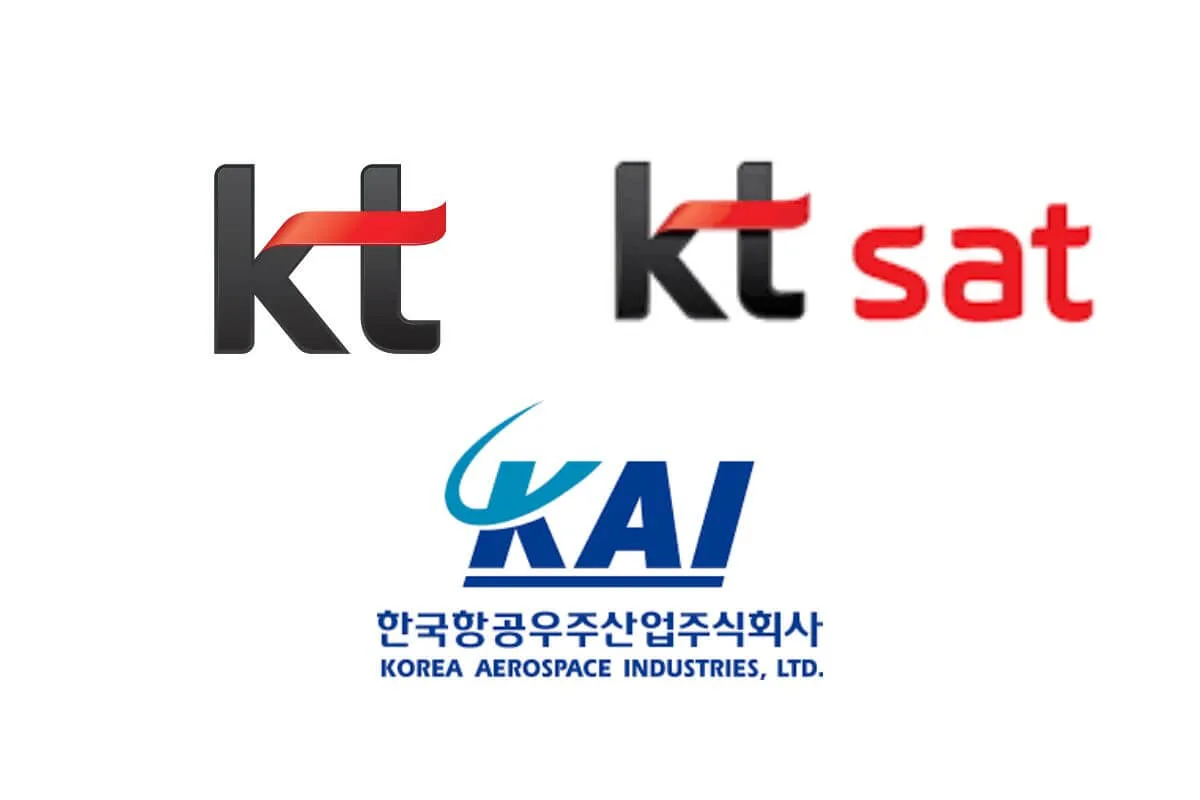
Korea Telecom (KT) has signed a memorandum of understanding (MoU) with KT SAT and Korea Aerospace Industries (KAI) to collaborate on 6G and Low-Earth Orbit (LEO) satellite projects. This partnership aims to enhance Korean companies' competitiveness in the global 6G and LEO satellite sectors, which are currently dominated by major international players such as SpaceX and Amazon's Kuiper Systems, the companies said in a joint statement on Sunday.
Also Read: KT and KT SAT Achieve 5G NTN Link with Geostationary Satellite
Partnership for 6G and LEO
KT explained that, as 6G networks are expected to extend communication coverage from terrestrial to satellite areas, this agreement enables KT, KT SAT, and KAI to work together to compete for leadership in the LEO satellite industry through collaboration.
Low-orbit satellites orbit at an altitude of 500 to 1,200 km, much closer to Earth than geostationary satellites (which orbit at about 35,800 km). This short distance results in minimal data transmission delay, enabling low-orbit satellites to provide relatively high-speed communication services, KT said.
Under the agreement, the three companies will work together to develop core technologies for communication satellite systems, create related ecosystems, and jointly promote domestic and international projects to build 6G low-orbit communication satellites and unmanned complex systems.
Goals for Each Partner
Specifically, KT plans to develop core technology to efficiently link low-orbit satellite communication systems with ground wireless networks. KT SAT will work on acquiring expertise in low-orbit satellite system operations and explore new services that combine low-orbit and geostationary satellites, while KAI will lead the development of low-orbit satellite systems and unmanned complex systems and participate in military-led satellite communication projects, leveraging its military experience.
Enhancing Disaster Response
KT noted that it established a satellite-based femtocell (miniature base station for mobile communication) at the Antarctic base in 2015, which has been in operation since, and recently completed an interworking test with Starlink. The company has also integrated satellite mobile base stations into disaster response networks to ensure rapid communication during emergencies.
Looking ahead, KT plans to continue developing technologies that expand communication capabilities based on Korea's low-orbit satellites.
Also Read: Apple to Invest Up to USD 1.5 Billion in Globalstar to Expand Satellite Services
Korea's 6G Satellite Network
KT said, "In the 6G era, the coexistence of satellite networks along with terrestrial networks will be emphasised," and "KT will lead the domestic 6G low-orbit satellite communication market through cooperation between companies representing mobile communication and satellite communication."
KT SAT said, "KT SAT plans to take the lead in securing the basic technology of Korea's 6G satellite network based on the cooperation between KT Group and KAI and introduce differentiated 6G satellite services that combine satellite and ground networks."
"We will make efforts to enter the satellite communication service market as well as satellite imaging services to realise private-led space commercialisation along with the opening of the Korea Aerospace Administration," said KAI. "We will work with KT Group to establish a complex system based on 6G low-orbit satellites and commercialise satellite exports."















